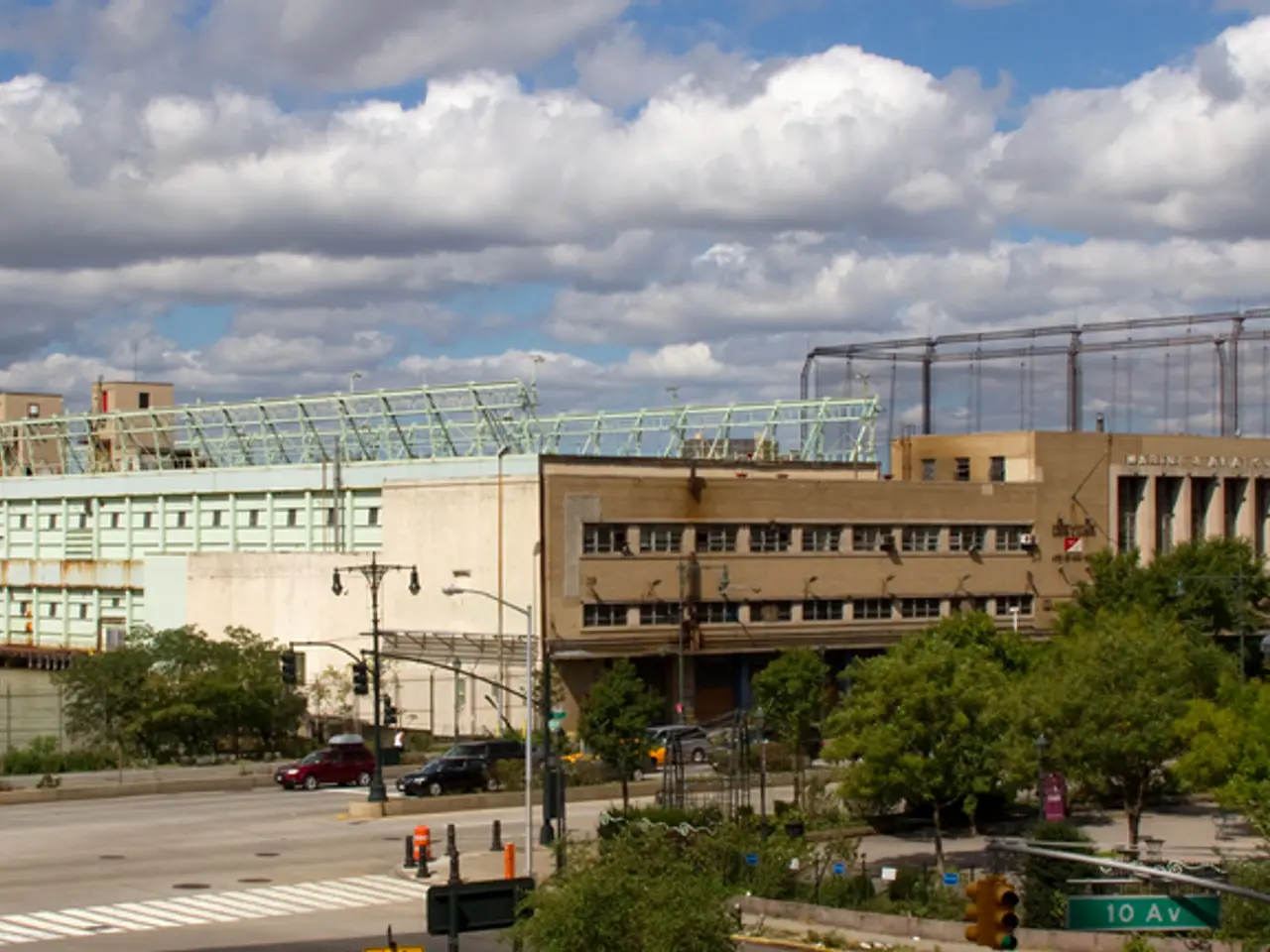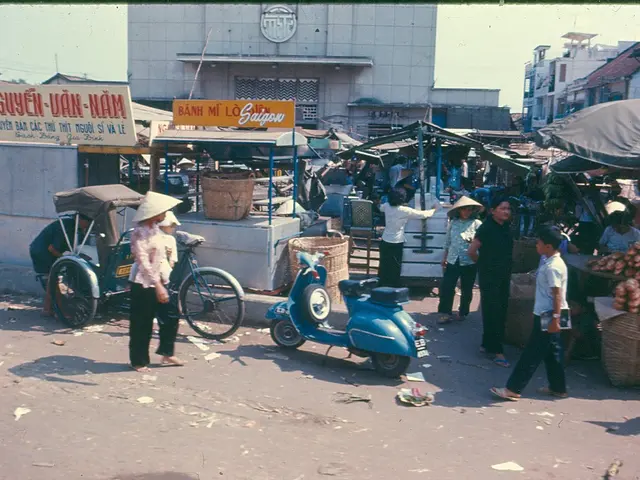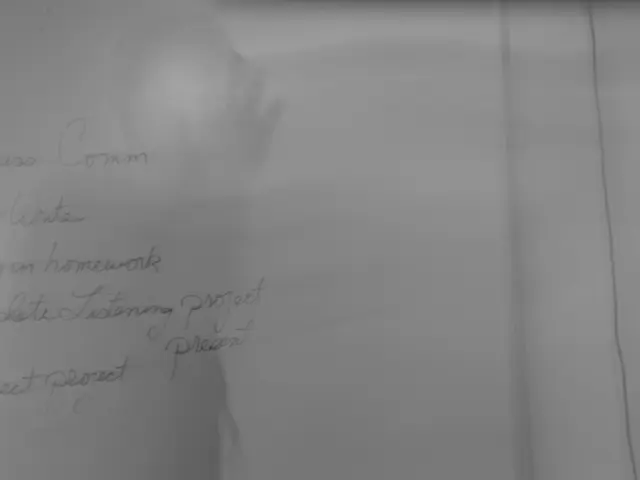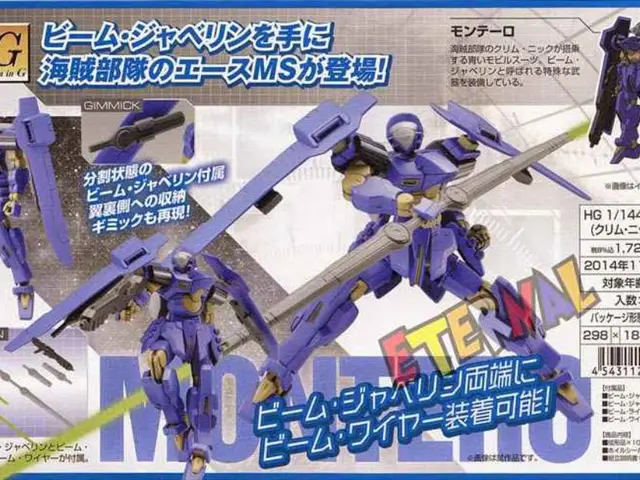AI-powered data centers offering potential cost reduction for California's High-Speed Rail project
California High-Speed Rail Project Embraces Innovative Revenue Strategies
The California High-Speed Rail project, under the leadership of new CEO Ian Choudri, is set to revolutionize its funding approach with the integration of data centers, solar farms, telecom infrastructure, and real estate development partnerships.
Choudri's revised plan aims to complete an initial 119-mile segment through California's Central Valley by 2033, connecting Fresno to Bakersfield. This segment will serve as a foundation for further expansion, with extensions planned north to Merced, connecting to Amtrak's service to Sacramento, and northwest to Gilroy and the Caltrain commuter system.
The project team has bolstered its ranks with the addition of Construction Chief Edward Fenn and Soon-Sik Lee, chief of planning and engineering. The rail project also seeks to bring in private infrastructure partners to assist with financing and construction, including companies like Bechtel, Meridiam, and Plenary.
One of the key strategies for generating revenue involves leasing land along the rail corridor to tech companies for building AI and data centers. These data centers would connect to a dedicated renewable power supply from solar farms that the project will develop. This renewable energy would not only power the trains but also create an integrated infrastructure revenue stream.
The project also plans to sell rights to telecom companies for laying fiber-optic cables along the rail path, leveraging the corridor for telecommunications infrastructure. Stimulating real estate development along the route, especially in the lower-cost Central Valley, is another focus, aiming to create economic growth and additional revenue sources.
These ancillary revenue opportunities, such as data centers, solar power, telecom, and real estate development, are expected to generate around 30% to 40% of the farebox revenue once operational, helping reduce the system’s reliance on government funding and boosting financial sustainability.
To make the system more commercially viable, Choudri's plan sequences construction to maximize early revenue generation by starting service on initial segments (notably in the Central Valley) and monetizing the assets along the corridor sooner rather than later.
The approach aims to make the system less dependent on legislative funding battles and variable cap-and-trade funds, although longer-term dedicated funding is still required to complete phases connecting to Northern and Southern California by 2039.
The price tag for the bullet train has tripled from an estimated $45 billion in 2008 to as much as $128 billion as of the 2024 business plan. The Trump Administration is clawing back $4 billion in federal grants for California's high-speed rail project, while Gov. Gavin Newsom is suing to keep the federal grants for the high-speed rail project.
The extensions could be in place by 2039, according to Choudri's estimates. If critical legislation, including a long-term funding plan proposed by Gov. Newsom, is passed, the high-speed rail system, when fully built, will be a 494-mile system running from San Francisco to Los Angeles and Anaheim.
The approach seen in projects like Japan's shinkansen bullet train and high-speed rail networks in China, Europe, and dozens of other countries focused on segment-by-segment plans to connect cities with full national government support. Commute times between San Jose and Fresno could be as little as 45 minutes, according to Choudri.
Another potential development comes from Billionaire Wes Edens' Brightline West bullet train from Las Vegas to suburban Los Angeles, which may also link to Palmdale via a proposed segment.
Currently, some 2,300 parcels of land have been secured for the project, environmental approvals are largely complete, and active construction is underway on the 119-mile section between Fresno and Bakersfield.
Read also:
- AI Inspection Company, Zeitview, Secures $60 Million Funding for Expansion
- Future of Payments: If the U.S. regulates stablecoins through the GENIUS Act, according to Matt Hougan
- Ongoing trade friction as the American administration levies fresh import taxes on goods arriving from China
- High-Performance McLaren Automobile: McLaren Speedtail







